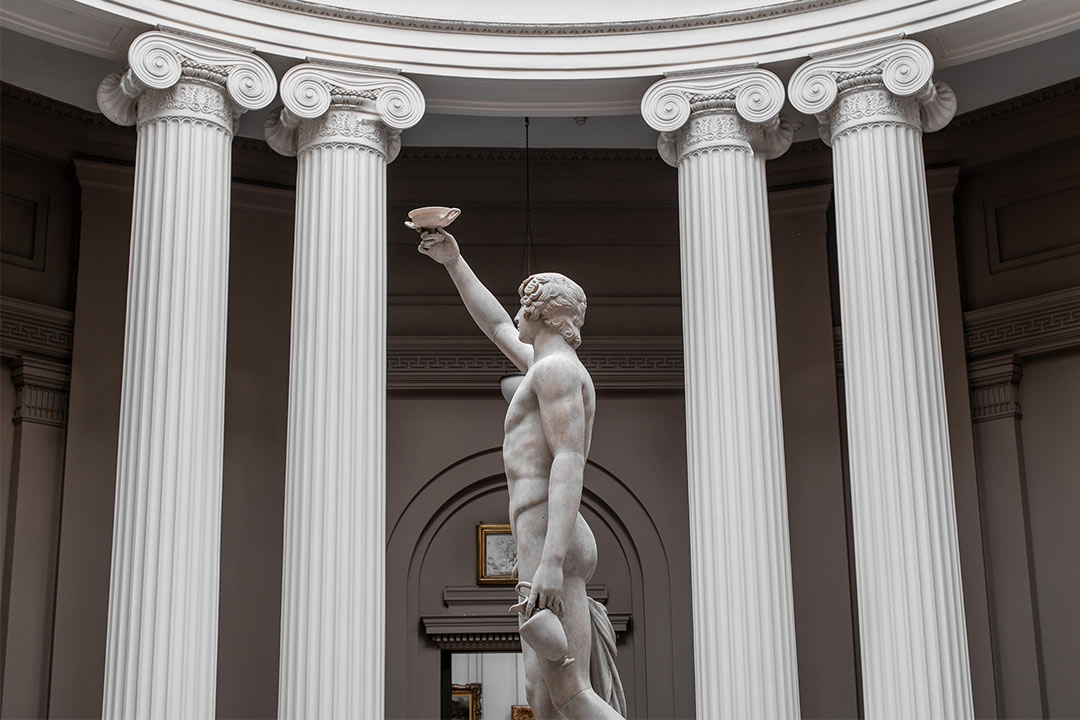
On the wings of desire - Zeus and Ganymede
Ganymede is the largest moon of the planet Jupiter. The moon was named after the beautiful young man abducted by the Ancient Greek god Zeus, known as Jupiter to the ancient Romans. But who was Ganymede? And why does his connection to Zeus resonate so strongly that they are forever linked in the stars?
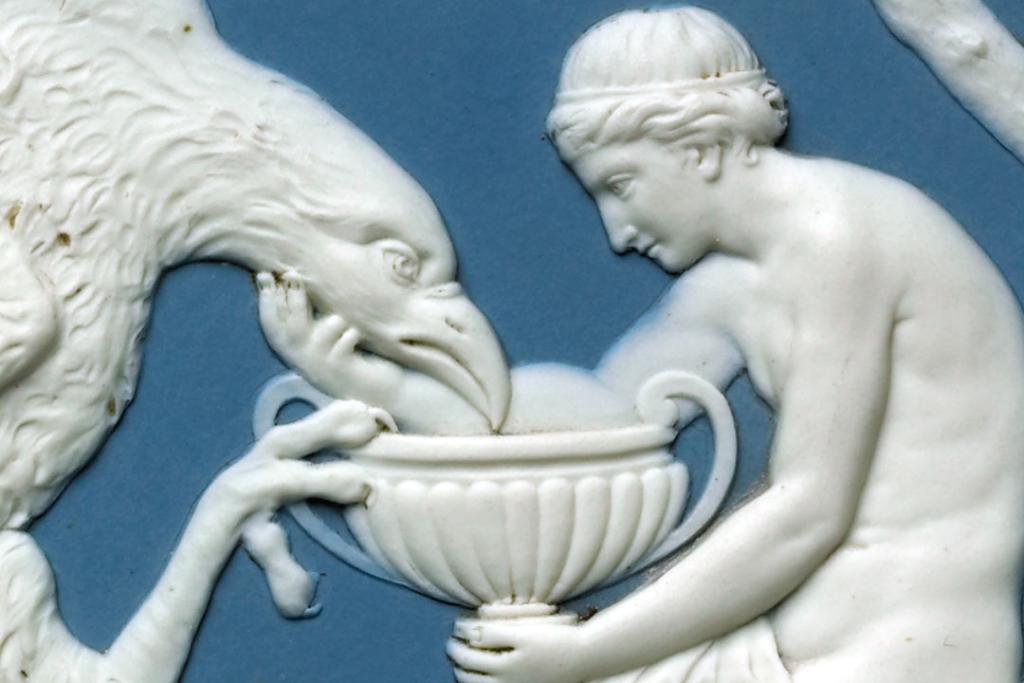
Ganymede is exceptional in being the only one of Zeus’ male conquests to feature in both ancient literature and art. Although ancient literary sources differ as to his parentage, Ganymede is usually considered as being a prince of the city of Troy, perhaps even the son of Tros, after whom the city was named. His mother may have had divine origins, as she is sometimes described as Callirhoe, daughter of Scamander, the river-god.
In Homer’s epic poem The Iliad, generally accepted to date from the 8th century BC, we learn that the decision to abduct Ganymede was made by all the gods, not just Zeus. It is only in later writing that authors related that it was Zeus who caught sight of the beautiful young prince and, fired with sexual desire, captured him to serve as his cup-bearer and presumably be his sexual partner.
Ganymede and Zeus were depicted in works of art from antiquity, on both painted pottery and sculpture. The subject became popular with Greek vase painters in the 5th century BC, where several vases show Ganymede serving Zeus with a wine cup. However, other vases emphasise the sexual nature of their relationship, a good example being a vessel designed for mixing water and wine, made at the start of the 5th century BC, decorated by the Berlin Painter and now in the collections of the Musée du Louvre in Paris. The painter has shown a single figure on each side of the vessel. On one side, Zeus is shown striding forward with great purpose, with the object of his attentions depicted on the other side of the vessel, which shows Ganymede holding a cockerel and rolling a hoop. A cockerel is frequently shown in ancient Greek art in this period as a token of affection from an older man to a desired young man. Ancient literature informs us that the hoop was an aid to physical training used in the gymnasium. A scene shown on a piece of Greek painted pottery in the collections of the Antikenmuseum in Basel, Switzerland also depicts Zeus and Ganymede, and emphasises the latter’s athleticism and youth.

The subject regained its popularity from the 16th century onwards, as can be seen in the Lady Lever Art Gallery's Roman statue of Antinous, the young man who was the lover of the Roman Emperor Hadrian. The statue was restored in the 18th century with the additions of a jug and wine cup, the attributes of Ganymede.
However, there are smaller objects in the collections of the Lady Lever Art Gallery which show another aspect of the story, that is Ganymede with an eagle. The abduction of Ganymede by an eagle, perhaps Zeus in avian form, was adopted by other noted artists, including Michelangelo, Rubens, Tiepolo and Rembrandt, the latter perhaps the inspiration for a lithograph in the collections of the Walker Art Gallery.
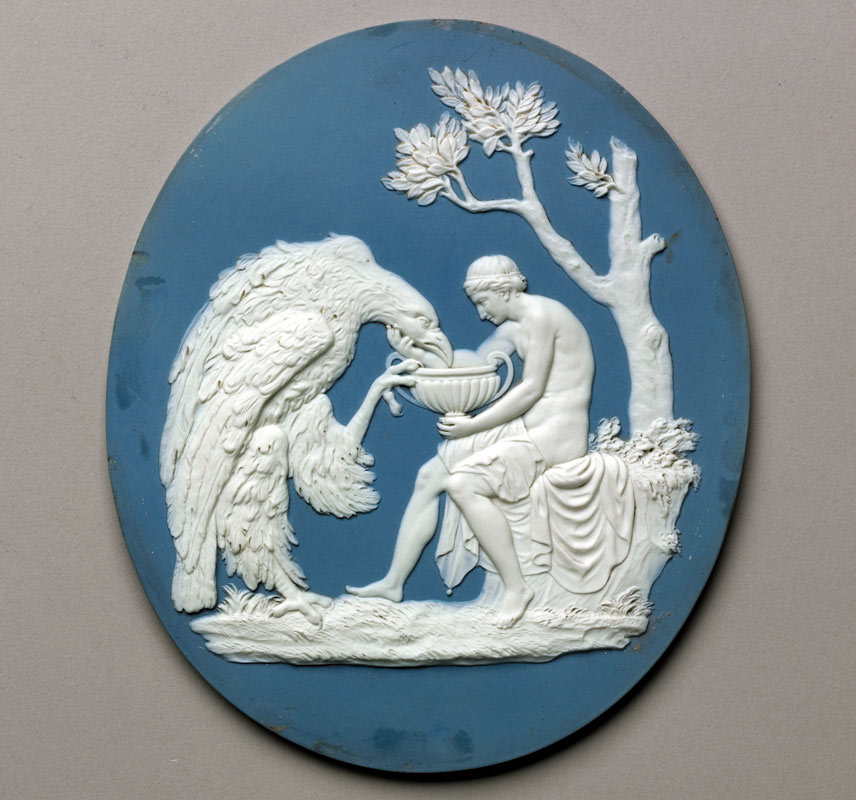
But why was there an association between Zeus and an eagle? This connection does not feature in the earliest-known Greek literary sources of Homer and Hesoid, and it is not until the early 5th century BC, in the writings of the Greek lyric poet Pindar, that there is a reference to an eagle sleeping on the sceptre of Zeus.
In addition, there is archaeological evidence from this period of Zeus depicted with an eagle, particularly on coins and painted pottery, the popularity of this association being reflected in a statue of Jupiter in the collections of World Museum, where an eagle is depicted seated at the feet of the god. The eagle was not an element of the statue in the Roman period, but was apparently first added in the 16th century, and reworked in the 18th century.
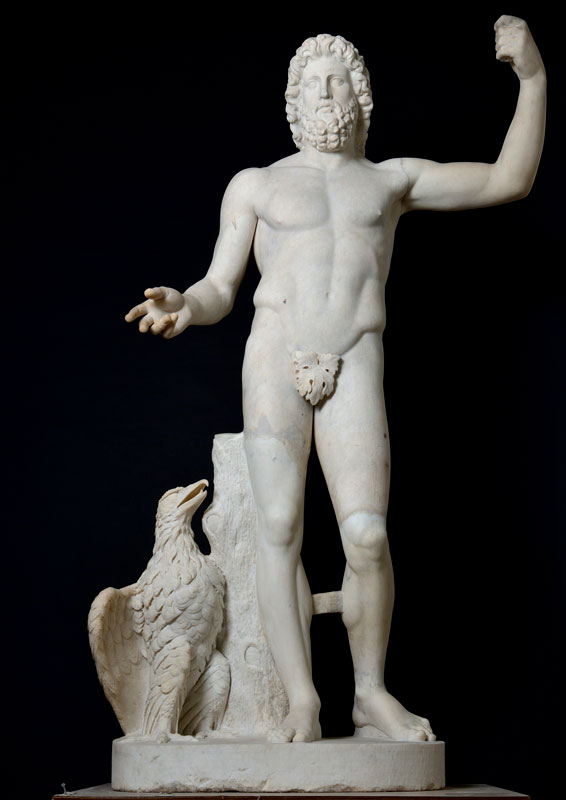
It is not, however, until the Roman period that Zeus may have assumed the form of an eagle when he abducted Ganymede. In Metamorphoses, written by the poet Ovid in the early 1st century AD, Jupiter assumed the wings of an eagle to capture Ganymede.
Ganymede is shown with an eagle on two blue jasperware objects made in the factory of Josiah Wedgwood and now in the Lady Lever Art Gallery. One is a plaque and the other one of a pair of earrings.
The design of the plaque shows Ganymede offering his cup to a large eagle, likely to be interpreted by the viewer as Zeus, the model for which was a plaster cast acquired in the 18th century as a Grand Tour souvenir.
The scene of an eagle drinking from Ganymede’s cup was popular in the Roman period, possibly as it lent itself to the decoration of small objects such as mould-made clay lamps and, in particular, carved gems. Copies of the latter were made in the 16th century, often as shell cameos.
The scene of Ganymede offering a cup to the eagle was also rendered as a marble sculpture by the renowned Danish sculptor Bertel Thorvaldsen (Ganymede and the Eagle, 1817-1829, Minneapolis Institute of Art). Thorvaldsen has chosen to emphasise Ganymede’s Trojan origins by showing him wearing a Phrygian Cap, a type of headgear associated with this area.

The Lady Lever Art Gallery’s jasperware plaque depicting Ganymede was made between 1778 and 1780, a time when Josiah Wedgwood was in partnership with Thomas Bentley, who had connections to Liverpool. The main difference in design between the Wedgwood plaque and the classical predecessors is that the eagle is shown much larger in proportion to Ganymede, clearly indicating that it is no normal bird.
The design was replicated in miniature on one of the earrings made around a decade later, the other in the pair showing four of the Muses, Greek goddesses who inspired the arts and sciences. It is interesting to note that these particular earrings, designed as a female adornment, included an image of Ganymede, a symbol of love and sex between males.
Ganymede's legacy
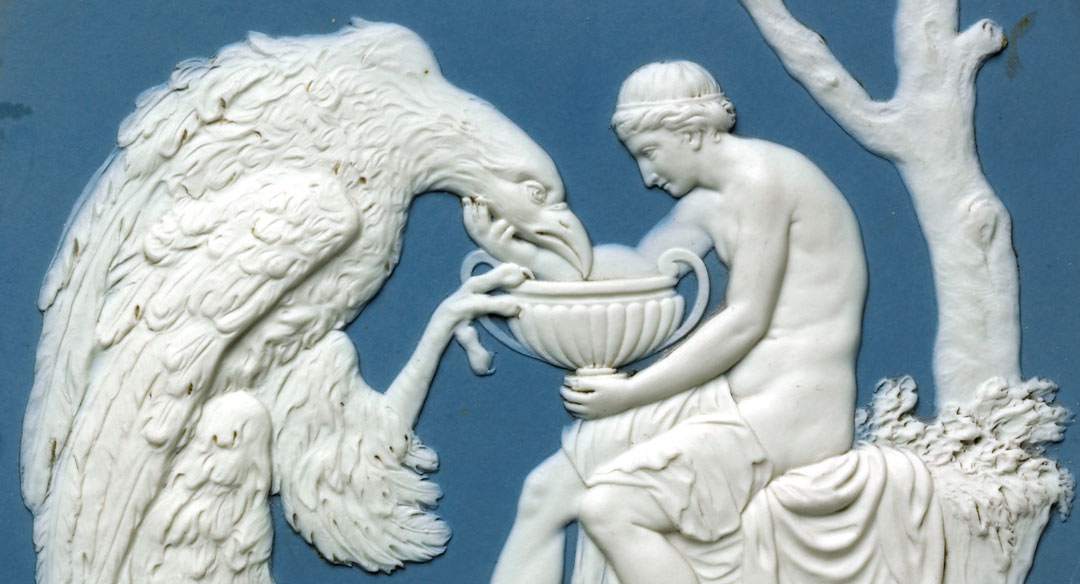
The depictions of Ganymede and the eagle on the plaque and earrings in the Lady Lever Art Gallery do not reflect the violence implied in some other scenes showing Ganymede’s abduction by Zeus, in particular the lithograph in the Walker Art Gallery, mentioned earlier. By contrast, the gesture of Ganymede offering a cup to the eagle reflects tenderness and affection. This scene can be interpreted as either as Ganymede’s first meeting with Zeus, the proffering of the cup forshadowing his later role as cup-bearer, or it could show a later scene in his story, where he is serving wine either to Zeus or his avain companion.
Either way, the relationship between Ganymede and the Eagle depicted on these delightful jasperware objects is shown as a manifest and sincere reflection of sexual love between two men. A love that has echoed through the ages and even now is represented in the stars.

